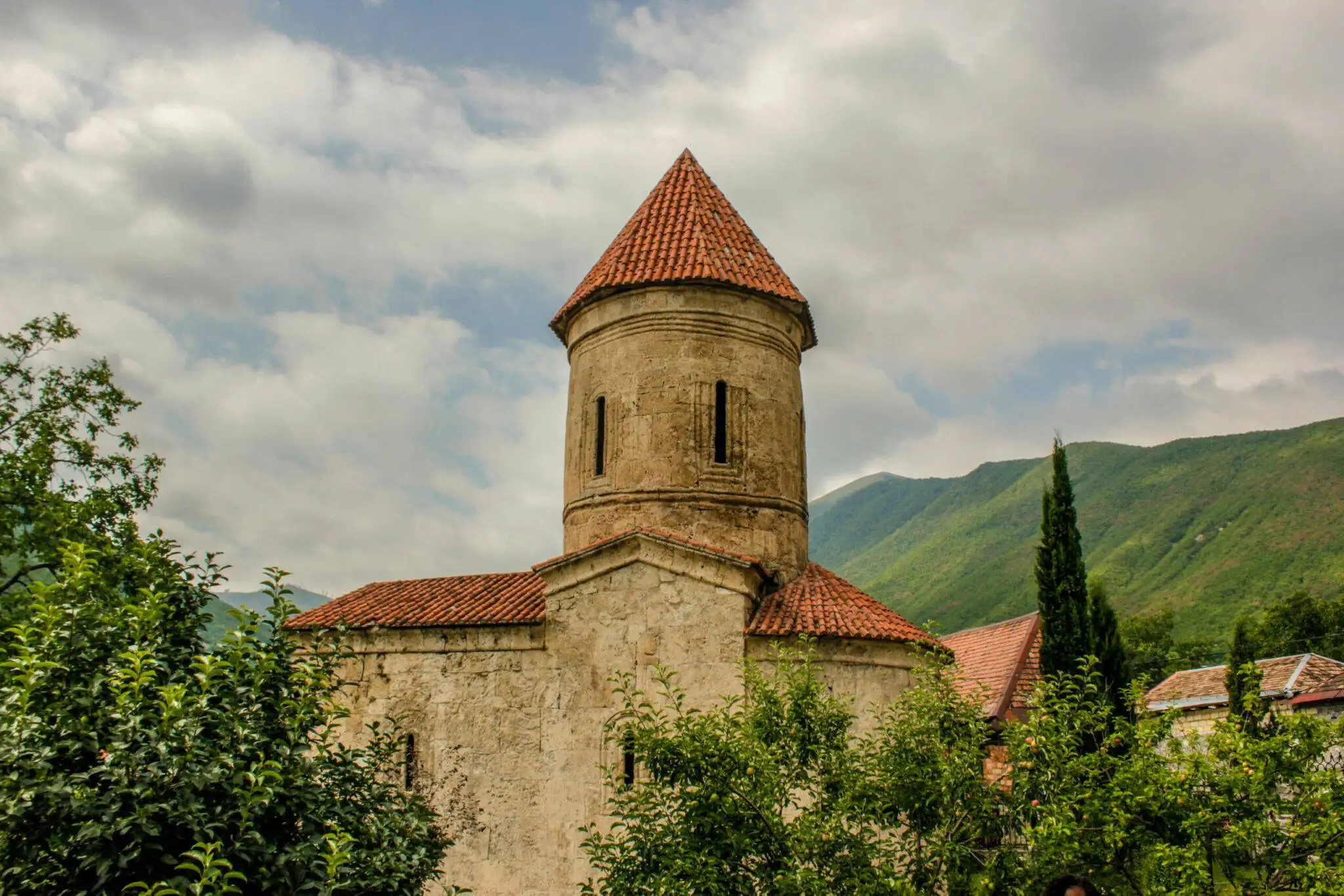Modern Azerbaijan is a part of the territory of an ancient, long-defunct state — Caucasian Albania. Since the IV century Christianity was spread on its territory, and only in the VIII-IX centuries Islam began to spread here. Thus, on the territory of modern Azerbaijan one can still find many modern Christian religious buildings.
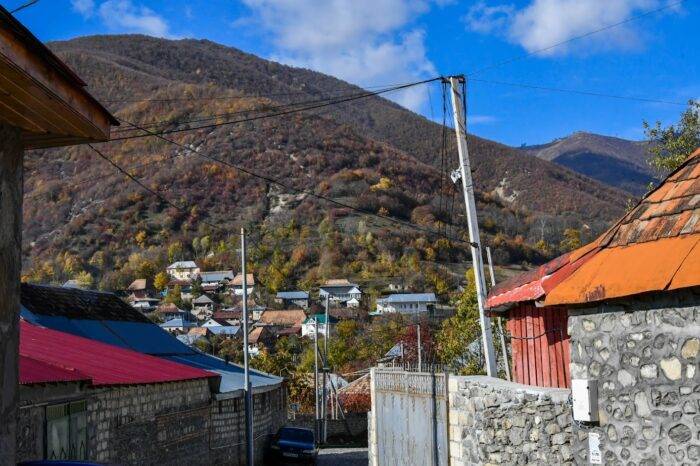
The mentioned Kish village is located about 6 kilometres away from the town of Sheki in the Sheki district of Azerbaijan. It is located on the bank of the Kish River, at the foot of the mountain. In old times Kish village was a place of residence of Udins. In ancient writings the village is also mentioned under the name of Gis. Nowadays the number of people living in the village is about 6 and a half thousand. Most of them are Azerbaijanis. The population is mainly engaged in agriculture and cattle breeding. There are primary and secondary schools, a library, a club and a hospital on the territory of the settlement.

According to historical data, there was a defence fortress on the territory of Kish village in XIV-XVI centuries. However, it was destroyed during the attack of the ruler of the Safavid state of Tahmasib I, Shah Tahmasib, on the city of Sheki. There are historical records that during military operations, the rulers permanently residing in Sheki preferred to stay in the fortress of Kish village as the most fortified and safe structure.
Church in the village of Kish
The main attraction of the village of Kish is its Christian church, built in the 12th century. This structure has a special status compared to other Christian Albanian architectural monuments. And its value lies not only in its architectural significance, but also in its historical context. The fact is that the church occupies a special place in the spread of Christianity in the territory of Caucasian Albania. In particular, there is information that the church was founded by the apostle Elesaus of Albania, which gives grounds to believe that the church was the apostolic beginning of the oldest independent Albanian church in the Caucasus.
According to historical sources, Saint Elisaus arrived in the first century AD in the village of Gis (present-day Kish), where he founded a church and began to preach Christianity not only in the village, but also in the neighbouring settlements. Thanks to his efforts, the church in Kish eventually became a spiritual centre, as well as a place of enlightenment for the people of the East in the vicinity of the settlement. St Elisha himself was killed by unknown people in the vicinity of the village.
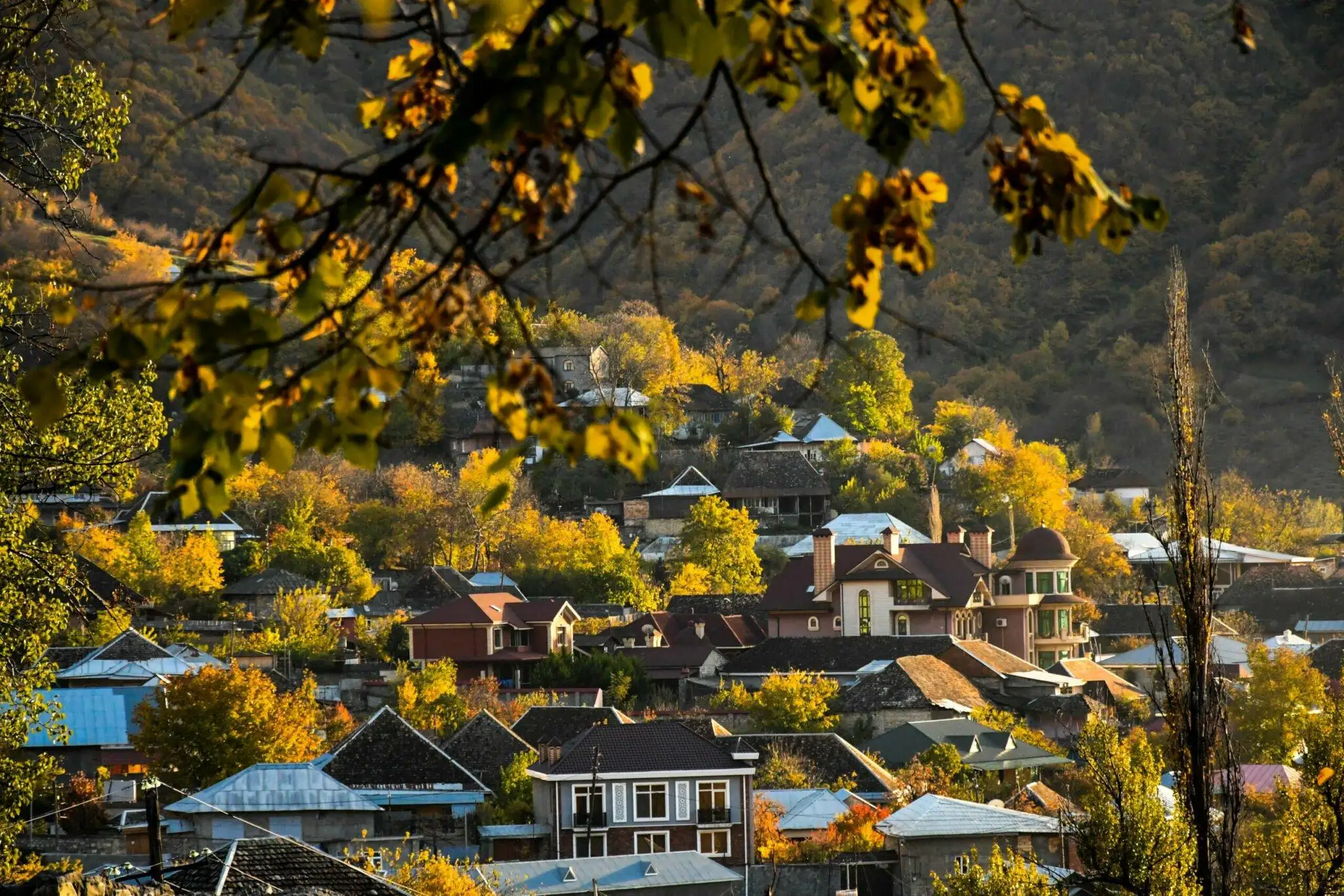
During the time of Catholic Ter-Abas (which corresponds to 551-595), Caucasian Albania was divided into no less than seven bishoprics, including one in the city of Sheki. According to historical sources, in 1117 the king of Georgia David the Builder «took the fortress of Gis».
By the time the Russians came to the Caucasus, Gis was an Udi settlement where the Udi language prevailed until the 19th century. However, according to historical documents, by that time Christians were no longer living in the village of Kish. But nobody destroyed the church, on the contrary, its roof was covered with metal sheets and the walls were plastered.
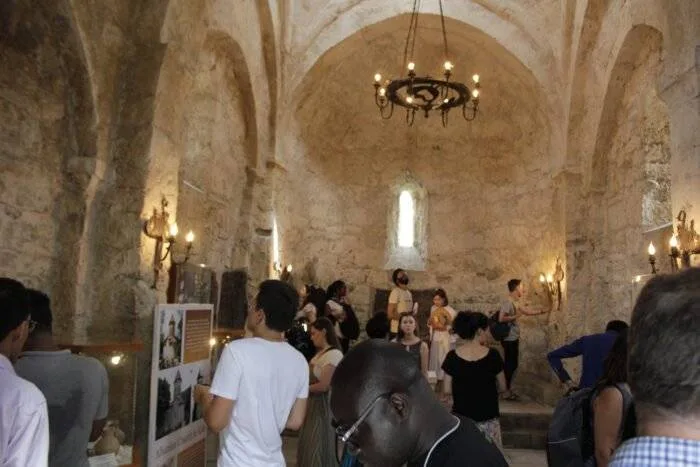
The church itself is located on a hill above the Kish River. The building has an original form. In particular, the building has a narrow shape and ends with a round-shaped apse (lowered ledge of the building). Inside the building, in front of the apse, one can distinguish a sub-dome square, which is decorated with two arched ledges. The drum of the dome has a strictly rounded shape. Moreover, both inside and outside. The drum is decorated with six narrow windows. The structure of the church is made of shireme — stone hewn squares.
Bust of Thor Heyerdahl in front of the church
In 2000-2003, the Norwegian Ministry of Foreign Affairs allocated funds for archaeological research of the church in the village of Kish. This was undertaken by the Azerbaijan University of Construction and Architecture and the Norwegian Humanitarian Enterprise for Archaeological Research and Restoration. In September 2000, Thor Heyerdahl visited the archaeological excavations on the territory of the village. Today there is a bust of Heyerdahl in front of the church. In addition, it is worth noting that Heyerdahl himself put forward a theory about Odin, which was initially rejected by the scientific community, but was later accepted as fact by the Evangelical Lutheran Church of Norway. The results of the archaeological research carried out in the church in the village of Kish had an interesting outcome.
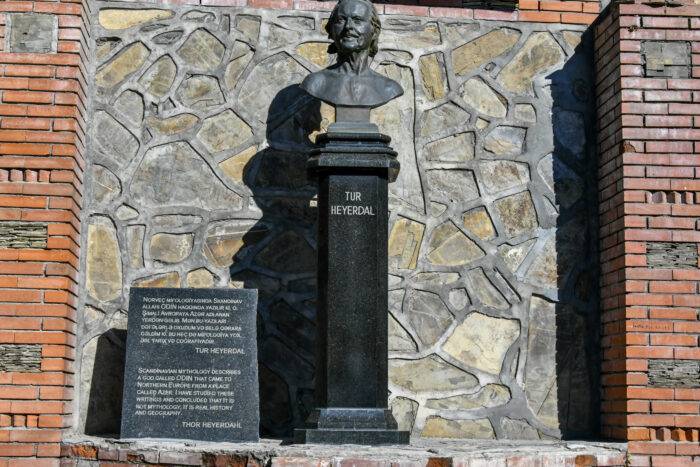
The results of the radiocarbon analysis of various items found during the excavations showed that the cult area, which is located under the altar of the church, dates back to about 3000 BC. And the church building itself, as stated above, was erected approximately in 990-1160 years already our era. Thus, the church was built on the site of even older religious buildings.
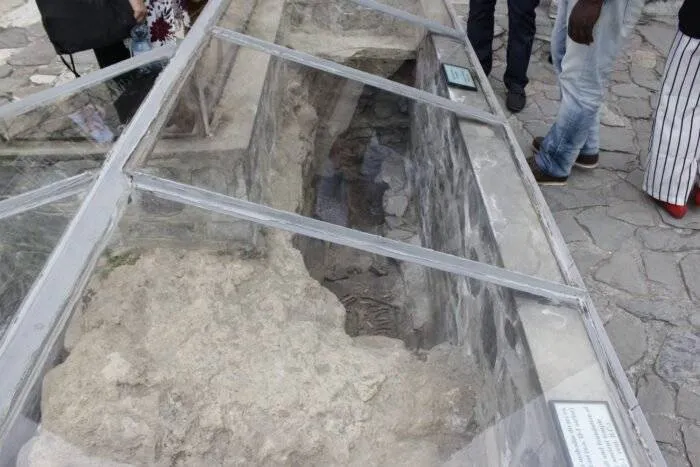
On the territory of the church as a result of archaeological research, ancient human burials were discovered. They were located with their feet to the east and their heads to the west, which allowed scientists to conclude that the burials were made already in the Christian era. In addition, the location of the graves also suggested that the burials at the site of the church were already there before it was built.
In addition, as a result of archaeological research it was established that the above-mentioned Saint Elisha could hardly erect a church building in the modern sense of the word. Most likely, an altar or other religious building was erected on the site of the future church at that time, and the church building was built in its place. There is an assumption that the altar was established on a place of ancient pagan idols or other cult constructions.
At present, archaeological research of the church continues, and we will probably learn more interesting information about this ancient building in the near future.
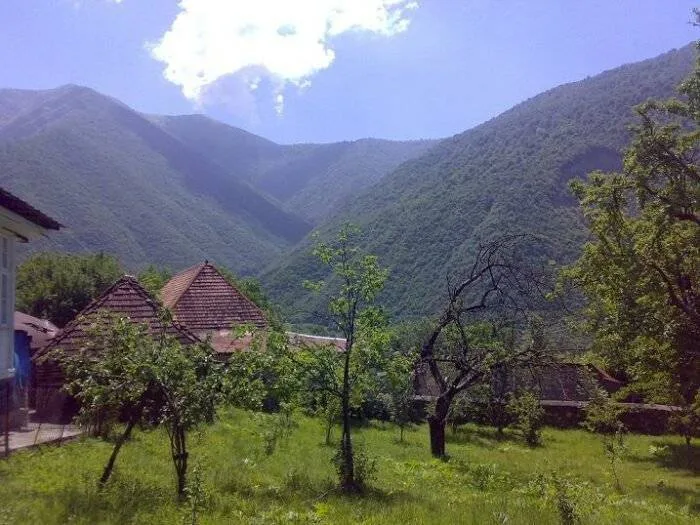
Teilen mit / Поделитесь
- Нажмите, чтобы открыть на Facebook (Открывается в новом окне)
- Нажмите, чтобы поделиться в Telegram (Открывается в новом окне)
- Нажмите, чтобы поделиться в WhatsApp (Открывается в новом окне)
- Нажмите, чтобы поделиться на Twitter (Открывается в новом окне)
- Нажмите, чтобы поделиться на Reddit (Открывается в новом окне)
- Нажмите, чтобы поделиться записями на Pocket (Открывается в новом окне)
- Послать ссылку другу по электронной почте (Открывается в новом окне)
- Нажмите для печати (Открывается в новом окне)
- Ещё
Больше на Masim💛vа
Подпишитесь, чтобы получать последние записи по электронной почте.
Похожие записи:
- Catholic Church in Baku - Church of the Immaculate…
- Molokan village Ivanovka in Azerbaijan
- Chukhuryurd (Chukhur Yurt): Last Molokans of…
- The most beautiful villages and hamlets in Azerbaijan
- The city of Aghdam in Azerbaijan and the football…
- Yashil Bazaar in Baku Azerbaijan - Green bazaar of…
- Azerbaijan's 10 must-see cities for tourists -…
- Novruz in Azerbaijan: How Novruz Bayram is…
